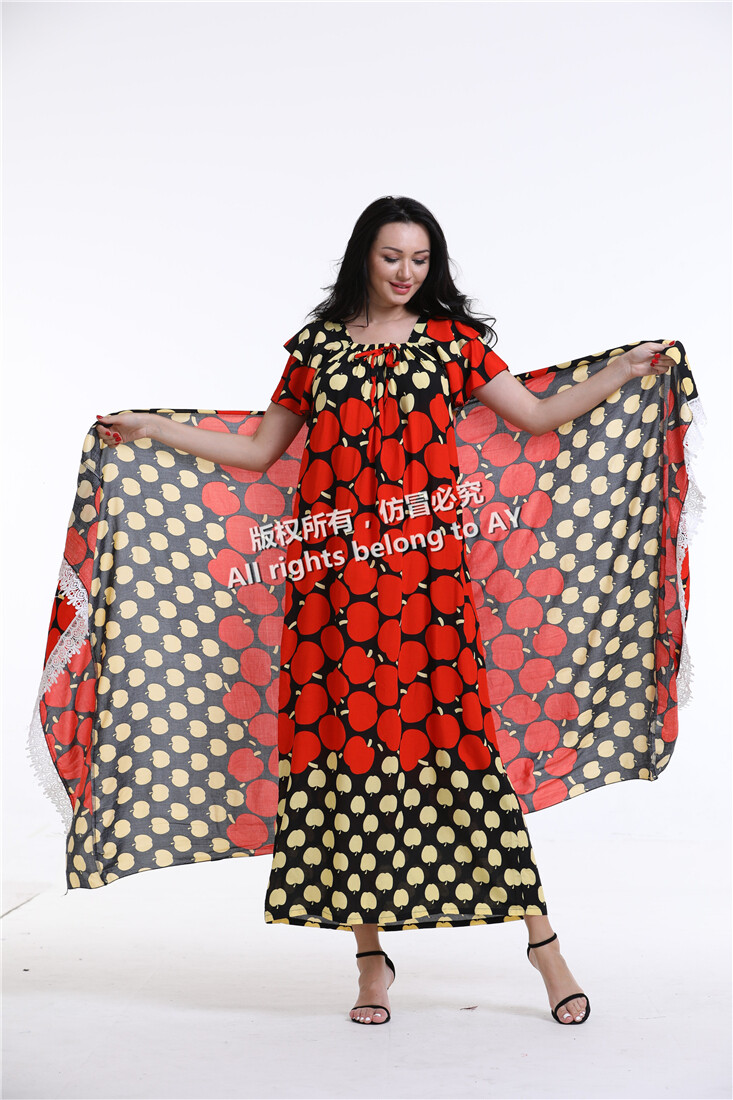Email format error
Email cannot be empty
Email already exists
6-20 characters(letters plus numbers only)
The password is inconsistent
Email format error
Email cannot be empty
Email does not exist
6-20 characters(letters plus numbers only)
The password is inconsistent

News
News

How Much Do You Know About Boubou?
When we put on clothes, it's mainly for style or fit. Few people think about this history. However, if you are African, clothes are not just fashion items; they are the product of history that has been remade to meet your needs in the present.
Today, we are diving into the history of Boubous. Those loose fitting but classy and surprisingly intricate long-flowing gowns that we love so much. They make you feel like royalty no doubt but do you know the history?
A boubou (or bubu, or grand boubou, or grand bubu) is an African garment worn by men and women in much of West Africa, and parts of Central Africa. Its name comes from the Wolof ‘mbubb’, which made it into French, as boubou.
The boubou is the classic Senegalese robe, worn by both men and women all over West Africa and in West African diasporic communities of Europe and the United States. Sewn from a single piece of fabric, the boubou is usually 59 inches (150 cm) wide and of varying lengths.
The most elegant style, the grand boubou, usually employs a piece of fabric 117 inches (300 cm) long and reaches to the ankles.
The tradition of the boubou is old, and can be traced back to as far as the 8th century. Its origin lies with the clothing worn by the Islamized Tukulor (Toucouleur), Mandé, and Songhai peoples of the great Takrur and Ghana empires, and 13th century Mali and Songhai empires.
In West Africa, the nobles of the different people were already wearing a garment more or less similar to the actual boubou. The different patterns in the embroidery already had precise meanings which varied for different ethnic groups and regions.
The rest of the population, in majority craftsmen and farmers, wore garments similar to tunics for the upper body, and a wrapper or baggy trousers for the lower body.
In the past, in West Africa and Central Africa, only Islamized peoples used to wear the boubou: Fulani, Toucouleur, etc. The other ethnic groups all had their own traditional garments of more or less similar genre.
With trade among the peoples, the fashion industry, many African stylists have specialized into the boubou and it has now gained international exposure.

